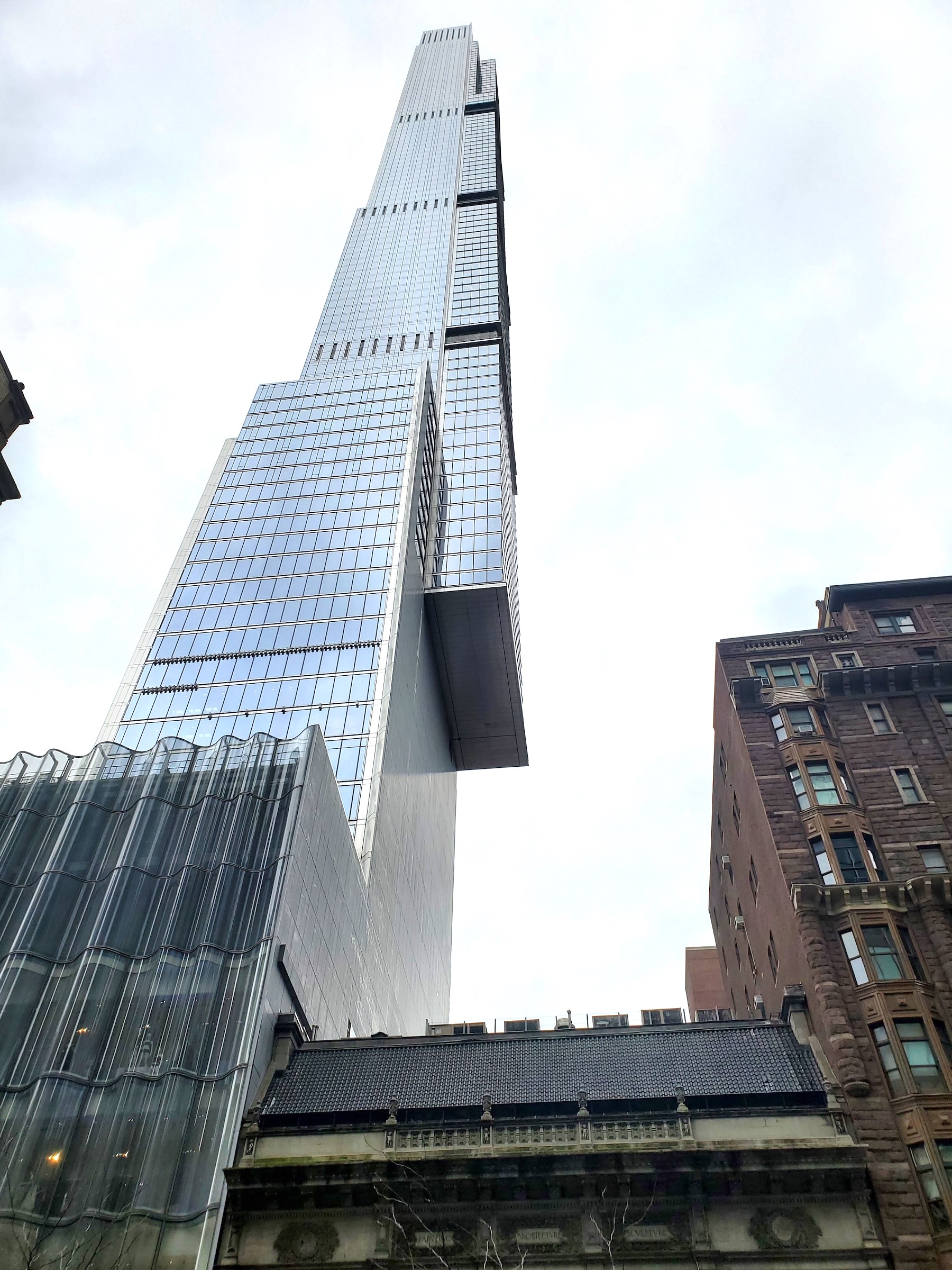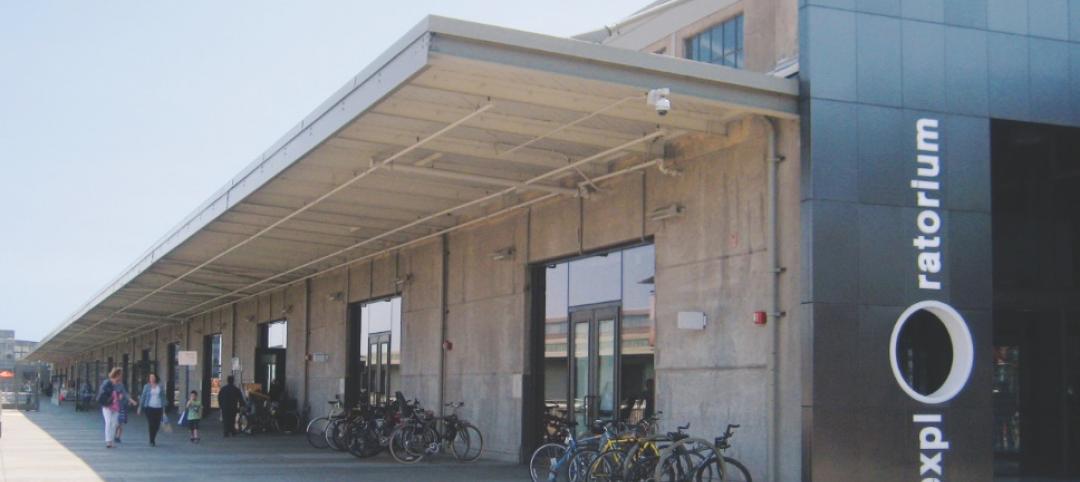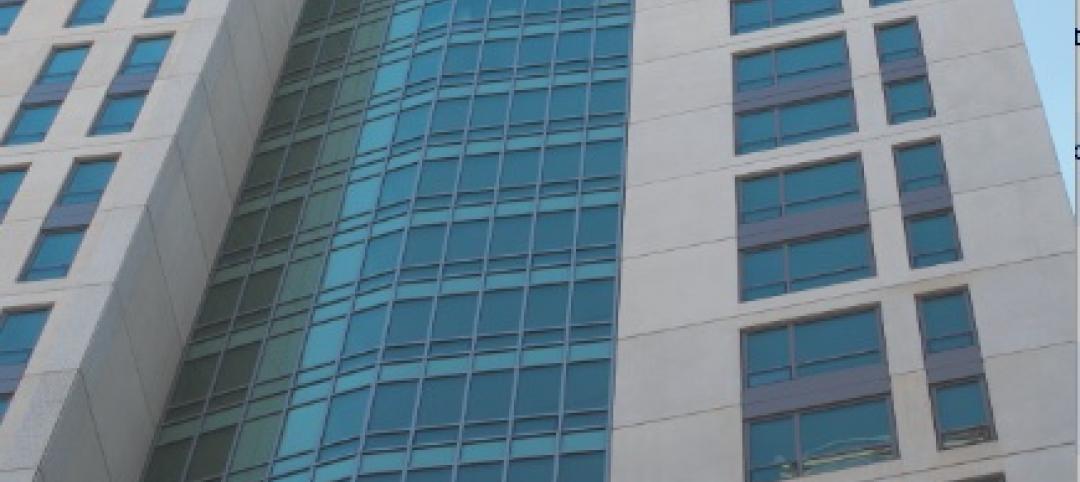Cantilevered buildings seem to be everywhere in New York City these days, as developers and architects strive to maximize space, views, and natural light in residential developments. With a seemingly insatiable demand for housing stock in a city that has limited availability and height restrictions in many areas, cantilevers have become a go-to solution and a design element in their own right. Central Park Tower, New York City’s tallest residential building and home to Nordstrom’s flagship Manhattan department store, famously incorporated the concept on the 13th floor to enhance views of the park.
Bold cantilevered designs are not without challenges though. In addition to basic structural challenges, fire protection and life safety considerations need to be addressed from the perspective of the cantilevered building, as well as from the adjacent building. Both properties are at risk from a fire initiated in either building, which can spread via conduction in solid materials, convection through circulating fluids such as air, or thermal radiation. To maximize life safety and fire protection, New York City mandates stringent standards when considering a cantilevered construction option.
The 2014 New York City Building Code Section BC 705.12 requires a formal, peer-reviewed fire engineering analysis acceptable to the Commissioner of Buildings, where a portion of a new building is cantilevered over an adjacent building or a tax lot by a horizontal distance greater than one foot. A separate approval from the fire department is also required regarding access to the buildings and roofs in accordance with the New York City Fire Code. The New York City Department of Buildings (DOB) filing procedure was thoroughly clarified in the technical document, Buildings Bulletin 2017-014 dated October 25, 2017.
Fire engineering analysis for cantilevered buildings
Detailed plans indicating where the cantilevered portions begin in relation to neighboring properties–as well as fire separation distance–need to be submitted to the DOB. The fire separation distance will be measured perpendicularly from the face of the exterior wall to any neighboring building or tax lot line, whichever is closer. The fire separation distance will be measured individually from all exterior walls cantilevered over a tax lot line. Building code requirements for exterior openings (i.e., windows and doors) and opening protectives near lot lines must also be addressed.
Written descriptions of the existing buildings below the cantilevered portion, as well as the proposed cantilever building (including detailed information regarding passive and active fire protection systems), are also required. Passive fire protection systems do not require any external power but rely instead on specific construction features and the use of materials, products, and building elements that meet well-defined fire performance requirements, such as fireproofing around structural steel.
Devices in active fire protection systems require manual, mechanical, or electrical power. For example, a sprinkler system requires sprinklers to open and a water supply at a sufficient flow rate and pressure after activation to be delivered through the system. A smoke control system relies on roof vents that open or a mechanical system to operate when a fire is detected. A detection and alarm system requires electric power to operate.
Fire engineering analysis must demonstrate that the cantilevered portions and surrounding building elements will withstand the anticipated effects of a “design fire.” A simulation or a model of the anticipated effects of the fire (convection, conduction, and radiation) utilizing generally accepted fire engineering principles needs to be included in the analysis.

Design fire simulation of cantilevered buildings
Finite element modeling and computational fluid dynamics (CFD) computer models may be used to simulate the design fire. The design fire is programmed to occur on a 92°F summer day and last a minimum of 30 minutes. The scenario would involve a total “burn-out” of the fuel source where all active fire suppression systems fail to operate in the existing building below the cantilever and the fire department does not respond. The model will assume optimal fire conditions in which the air is flowing freely through broken windows in the existing building facing or located directly below the cantilever.
The design fire analysis should include the quantity of combustible materials per unit floor area (fuel load density) and the rate in which the fire releases energy (heat release rate, HRR, per unit area) of the existing building. The fuel load density and heat release rate per unit area are based on guidance documents published from the Society of Fire Protection Engineers (SFPE), National Fire Protection Association (NFPA), or another internationally recognized fire protection engineering organization.
The model should account for the type of materials used for the façade of the cantilevered building and window assembly, such as type of glass, and the exterior wall coverings of the façade. The exterior walls, the glazing assemblies, structural elements, and horizontal assemblies will undergo intense failure analysis. The severity of this design fire will vary whether or not the existing building below has a combustible or noncombustible roof. In the case of a combustible roof, the fuel source is the existing building in its entirety. In the case of a noncombustible roof, the fuel source would be limited to the combustible structures and equipment located on the roof (cooling towers, photovoltaic systems, etc.) or the contents of the floor level below the main roof, whichever is the greater hazard. A minimum safety factor of 20% would be applied to any scenario.


The submission documents must include a rooftop plan depicting the current conditions of the existing building’s roof to verify the placement of the design fire scenario. The analysis includes detailed plans of the adjacent existing building, elevation drawings, building sections, soffit details of cantilevered portions, and a site plan of the proposed building, as well as the adjacent building below. All rooftop features, such as equipment, bulkheads, openings, and other elements, need to be indicated and all relevant information provided, including the height of such features. Where the controlling fire is not a rooftop fire, the analysis will provide adequate plans to verify the location of the design fire scenario.
Results of fire engineering analysis of cantilevered buildings
A summary of the results from a nationally recognized and validated CFD fire modeling program or an equivalent calculation methodology indicates if the structure, projecting assemblies, exterior façade, and openings are able to withstand the anticipated effects of the design fire.
The completed analysis, as well as the passive and active fire protection systems in the proposed and affected existing buildings, will be peer reviewed prior to submission to the DOB. The peer review will be performed by an independent, qualified, registered fire protection engineer to determine compliance with basic engineering principles, the New York City Building Code, and all other applicable laws and rules.
In addition, the fire engineering analysis needs to include a statement from the design professional indicating that the structure passes the design fire simulation, and is in accordance with the New York City Building Code.
There is more than meets the eye when it comes to cantilever design. It takes a talented team of architects as well as structural and fire protection engineers to make it happen.
About the Author
Jose Rivera, PE, FPE, LEED AP, is an Associate Principal and Director of Plumbing and Fire Protection with Lilker Associates Consulting Engineers. He brings over twenty years of experience in the design of plumbing and fire protection systems for commercial, institutional, residential and transportation facilities. He is well versed in the evaluation of projects for constructability and cost—from design through construction management—including documents and contractor proposal review, site visits and detailed cost estimating. As an engineer, Jose advocates having fire protection systems based on the building and functions within. For Jose, a career plumbing and fire protection engineer, the ability to make buildings safer is a point of pride. Jose has worked extensively on many high profile projects in the New York metropolitan area. Jose holds a Bachelor of Science degree in Mechanical Engineering from the New York Institute of Technology. He is a licensed professional engineer in the state of New York, and is a member of the American Society of Plumbing Engineers and National Fire Protection Association.
Related Stories
| Oct 27, 2013
SimplexGrinnell Awarded Contract by National Joint Powers Alliance for Streamlined Procurement of Fire and Life-Safety Solutions
Agreement Provides 50,000 Public Entities with Simplified Access to Comprehensive Suite of Products and Services
| Sep 9, 2013
Top 25 continuing education courses on BDCuniversity
An overview of the 25 most popular continuing education courses on BDCuniversity.com.
| Aug 23, 2013
The Exploratorium’s tall order
The newly-opened Exploratorium has brought energy and excitement to the city’s bustling waterfront. EHDD transformed the historic Pier 15, built in 1915, to a 330,000 square foot indoor and outdoor campus, being touted as the largest net-zero building in the city and potentially the largest net-zero museum in the world.
| Aug 22, 2013
New CO-PLATE makes revenue generation through CO detector replacement easier
With the first round of system-connected carbon monoxide (CO) detectors reaching their end of life, there’s a big opportunity for dealers and installers to increase their revenue streams through CO detector replacements. System Sensor has launched a new CO-PLATE Carbon Monoxide Detector Plate to coincide with this opportunity.
| Jul 12, 2013
Statue of Liberty Monument bolstered by Vetrotech Saint-Gobain’s fire-rated glass
The Statue of Liberty National Monument reopened to the public featuring two new fire stairwells and an elevator that will allow visitors with reduced mobility to look into the Statue’s interior structure.
High-rise Construction | Jul 9, 2013
5 innovations in high-rise building design
KONE's carbon-fiber hoisting technology and the Broad Group's prefab construction process are among the breakthroughs named 2013 Innovation Award winners by the Council on Tall Buildings and Urban Habitat.
| Jun 4, 2013
Notification reinvented: SimplexGrinnell introduces revolutionary family of intelligent notification appliances
Simplex TrueAlert ES uses addressable technology to improve protection, simplify installation and reduce operating costs.
| May 6, 2013
SAFTI FIRST announces 3D Autodesk Revit models for fire rated wall, window, and door systems
SAFTI FIRST, leading USA-manufacturer of fire rated glass and faming systems, is proud to announce that Autodesk Revit models are now available for its fire rated walls, window and door systems via www.safti.com and Autodesk Seek.
| Apr 30, 2013
Tips for designing with fire rated glass - AIA/CES course
Kate Steel of Steel Consulting Services offers tips and advice for choosing the correct code-compliant glazing product for every fire-rated application. This BD+C University class is worth 1.0 AIA LU/HSW.
| Mar 23, 2013
Fire resistive curtain wall helps mixed-use residential building meet property line requirements
The majority of fire rated glazing applications occur inside the building in order to allow occupants to exit the building safely or provide an area of refuge during a fire. But what happens when the threat of fire comes from the outside? This was the case for The Kensington, a mixed-use residential building in Boston.
















